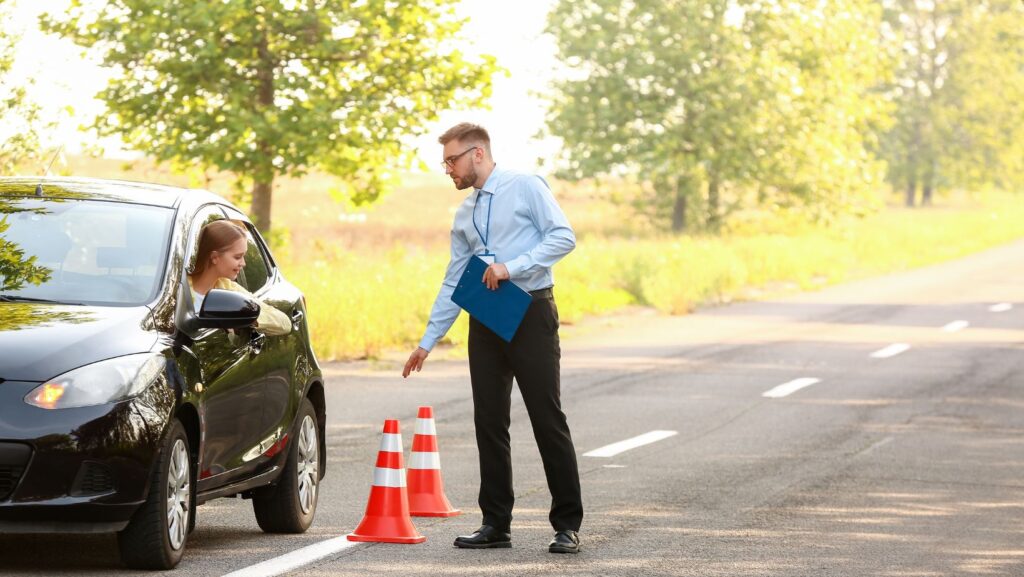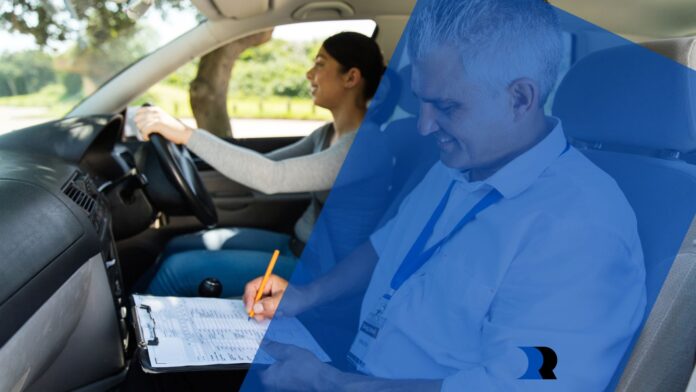There are new protocols at the New York DMV, even with roadtestresults.nyrtsscheduler. com; is it a big deal?
The New York Department of Motor Vehicles (DMV) has introduced a new policy, as detailed in a HudsonValley360 report, which requires individuals to wait until the end of the day to find out their road test results online. This means the days when drivers would instantly know their road test fate are now a thing of the past, even when using roadtestresults.nyrtsscheduler. com!
The Old vs. New Online System: roadtestresults.nyrtsscheduler com
Speaking of the past the past, road test examiners would deliver results immediately after the test, providing instant feedback to the test-takers. This practice, however, changed in the latter half of 2021. Under the new system, individuals must wait until after 6 p.m. on the day of their test to access their results through the DMV Road Test Result website, entering their date of birth and DMV identification number to do so.
Reasons Behind the Shift
The policy shift was primarily motivated by safety concerns. Columbia County Clerk Holly Tanner told HudsonValley360 about a series of attacks on examiners by test-takers unhappy with failing. These incidents, whether verbal or physical, prompted a reevaluation of the result delivery process to ensure the safety of DMV staff.
While the current policy is in place to enhance safety and security, it’s not necessarily permanent. Tanner hinted that the DMV might revisit and potentially revise the policy in the future. Nonetheless, for the immediate future, this system remains standard.
DMV’s Stance on the Change
A DMV representative clarified that the new electronic system, where customers receive their road test result the same day as their test, is designed to protect the integrity of the test and provide results in a “safe and secure manner.” This move indicates the DMV’s commitment to the safety and well-being of both its staff and customers.
As New Yorkers adjust to this new waiting period for road test results, the DMV’s shift reflects a broader commitment to safety and security. While the instant gratification of immediate results is gone (even for people who used roadtestresults.nyrtsscheduler com), the promise of a safer, more secure process offers a new kind of peace of mind for both examiners and test-takers alike. As with any new policy, the effectiveness and public reception will unfold with time.

Understanding More About the Department of Motor Vehicles (DMV) and roadtestresults.nyrtsscheduler. com
The Department of Motor Vehicles, commonly referred to as the DMV, is a state-level government agency in the United States. It is primarily responsible for vehicle registration, driver licensing, and the enforcement of various motor vehicle laws. Each state has its own DMV or a similar agency under a different name, operating with specific regulations and procedures.
Roles and Responsibilities
- Vehicle Registration and Titling: The DMV oversees the registration of new and used vehicles and the issuance of vehicle titles, which prove ownership. This includes the collection of related fees and taxes.
- Driver Licensing: Issuing driver’s licenses is a core function of the DMV. This includes conducting written and road tests to ensure that drivers have the necessary knowledge and skills to operate a vehicle safely.
- Record Maintenance: The DMV maintains detailed records on drivers, including personal information, driving history, and any incidents or violations.
- Law Enforcement and Safety: The agency plays a critical role in upholding transportation laws, promoting road safety, and collaborating with other law enforcement agencies to reduce accidents and fatalities.
Services Offered
- Testing Services: The DMV administers tests for obtaining learner’s permits, driver’s licenses, and commercial driver’s licenses (CDLs).
- Renewal Services: It provides services for renewing driver’s licenses, vehicle registration, and state identification cards.
- Information and Education: Many DMVs offer educational materials, driving courses, and resources to inform the public about safe driving practices.
Navigating the DMV
- Understanding Procedures: Knowing the specific procedures, forms, and fees required for various DMV services is crucial. This can include anything from changing your address to transferring vehicle ownership.
- Appointments and Queues: To save time and improve efficiency, many DMVs allow appointments for certain services. However, queues can still be long, so it’s advisable to prepare accordingly.

A Brief History: Early Beginnings of Vehicle Registration
The history of the Department of Motor Vehicles traces back to the early 20th century, as automobiles began to populate the roads. Initially, few regulations existed for vehicles and drivers, leading to chaotic and often unsafe conditions. The need for systematic vehicle registration and driver licensing became evident. New York was the first state to require automobile registration in 1901, though this was primarily for revenue rather than safety purposes.
Formation and Evolution of the DMV
As the number of vehicles increased, so did the need for structured oversight. The concept of a dedicated agency to handle the growing administrative load led to the formation of the DMV in various states. California, for instance, established its DMV in 1915. These early versions of the DMV focused primarily on registering vehicles and licensing drivers but would gradually expand their scope over the years.
The period during and after World War II saw significant changes in the DMV’s functions and importance. With the post-war economic boom and the surge in automobile ownership, the DMV’s role in public safety became more pronounced. It started to play a critical part in implementing safety regulations, traffic laws, and driver education programs.
The latter half of the 20th century and the early 21st century marked a period of technological advancements and increased emphasis on customer service. Computerization allowed for more efficient record-keeping and processing, significantly reducing the time required for many DMV transactions. Online services were introduced, enabling many to skip the lines and complete tasks from home.
Challenges and Criticisms
Despite its essential role, the DMV has often been the subject of criticism over the years. Long wait times, bureaucratic inefficiencies, and the daunting nature of navigating its many requirements have been common complaints. In response, many DMVs have undertaken measures to improve efficiency, increase transparency, and enhance the overall customer experience.
From its early days of rudimentary vehicle registration to its current status as a critical agency for public safety and vehicle administration, the DMV has continually evolved. As vehicles and technology continue to advance, the DMV is likely to face new challenges and will need to adapt to meet the changing needs of the public and the roadways it helps regulate. The history of the DMV is not just a story of an administrative body but a reflection of the changing landscape of transportation and public safety over the last century.


